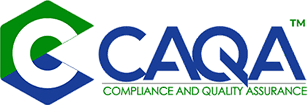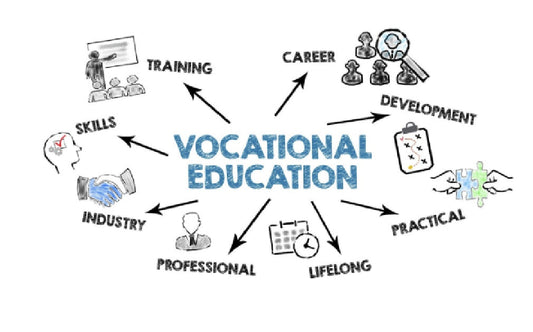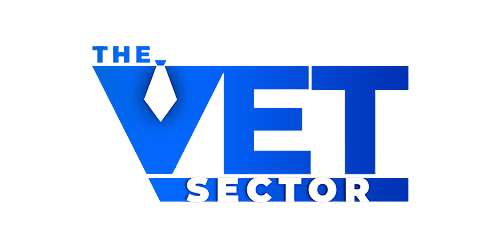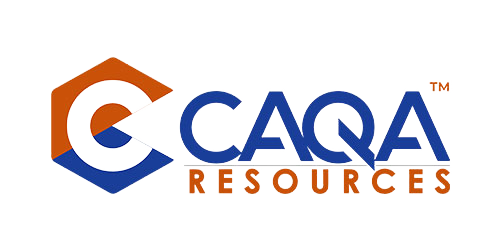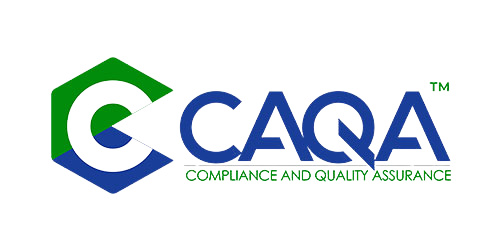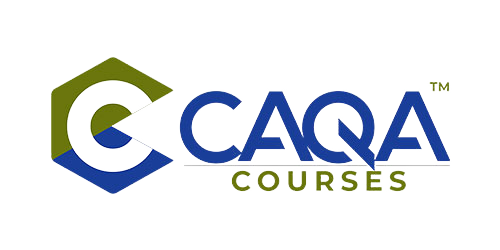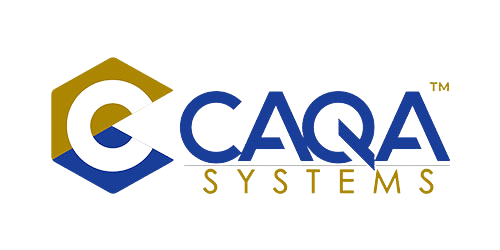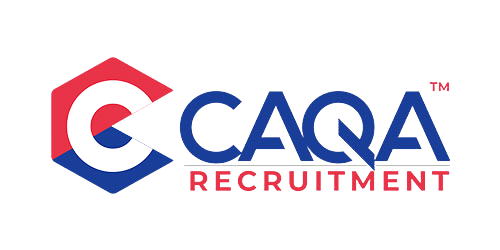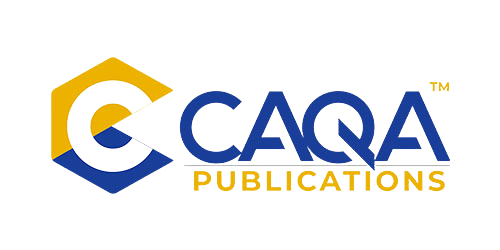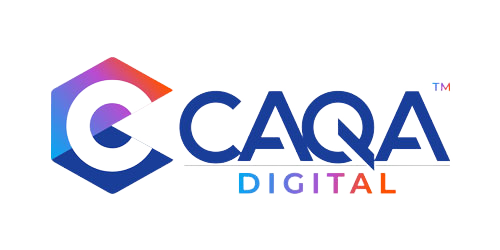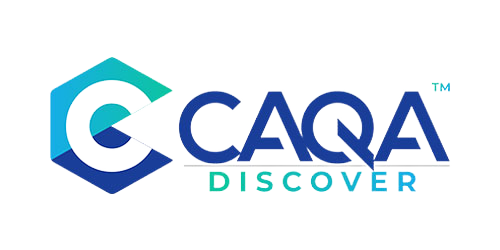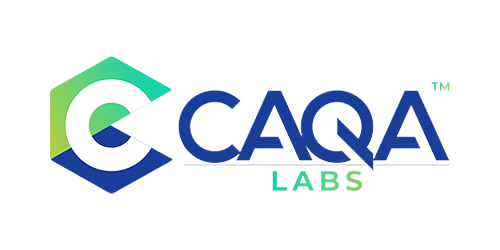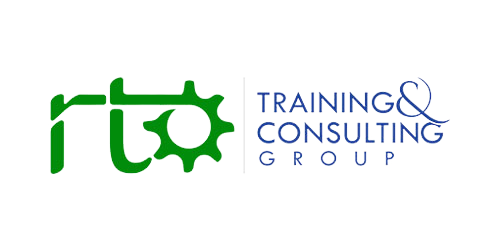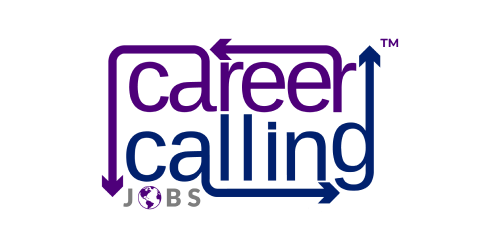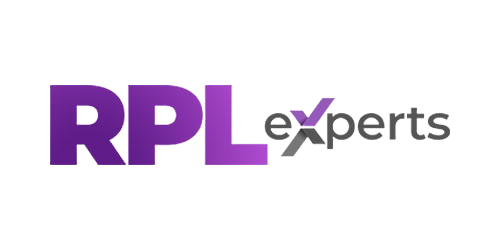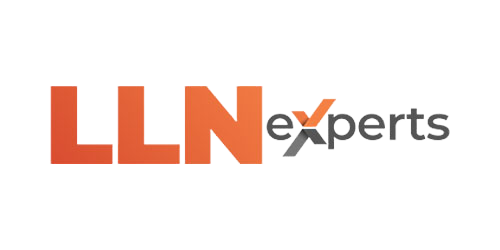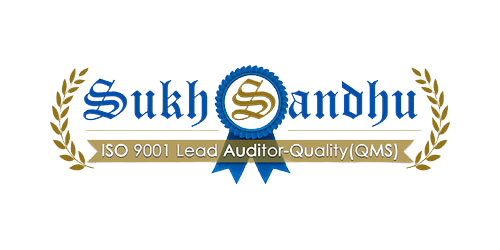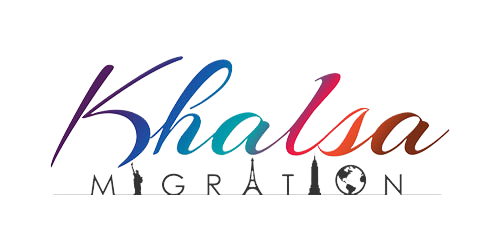Introduction
In the vocational education and training (VET) sector, maintaining high standards of assessment is crucial to ensuring that learners acquire the skills and knowledge required by industry. Pre-validation and benchmarking are two key practices that contribute to the quality and compliance of assessment tools and materials. This article explores the significance of pre-validation and benchmarking, their implementation, and how they help meet the principles of assessment and industry standards.
Pre-Validation in Practice
Pre-validation is a proactive quality check conducted before the commencement of training and assessment. It is an essential step in ensuring that assessment materials are clearly written, provide adequate guidance for trainers and assessors, and meet the needs of the intended student cohort. Here’s how pre-validation can be effectively implemented:
Engaging Stakeholders:
- Involvement: Successful pre-validation involves engaging all relevant stakeholders, including trainers and assessors, industry representatives, employers, and students. This collaborative approach ensures that the assessment tools are practical, relevant, and aligned with industry expectations.
- Sample Size and Guidance: Provide stakeholders with a sufficient sample size of the proposed training materials and ensure they receive clear guidance on the expected outcomes of the assessments. This helps in gathering comprehensive feedback and making necessary adjustments before the materials are finalised.
Principles of Assessment:
- Fairness: Ensure that the assessment materials are designed to provide equal opportunities for all learners, taking into account individual needs and circumstances.
- Flexibility: Design assessments that can be adapted to different contexts and learner needs without compromising the integrity of the assessment.
- Validity: Ensure that the assessments measure what they are intended to measure and cover the required competencies comprehensively.
- Reliability: Develop consistent and dependable assessment tools that yield the same results under similar conditions.
Industry and Training Package Requirements:
- Alignment: Ensure that the assessment tools meet industry standards and training package requirements. This involves consulting with industry representatives and reviewing relevant training packages to ensure alignment.
- Innovation: Incorporate innovative training and assessment methods that enhance the learning experience and better prepare students for real-world challenges.
Benchmarking to Achieve Quality
Benchmarking involves establishing clear standards and procedures to ensure that assessment tools achieve the expected outcomes. Here’s how to implement effective benchmarking:
Establishing Benchmarks:
- Quality Assurance System: Develop a robust quality assurance system that includes policies and procedures for reviewing and approving newly developed assessment tools.
- Consistency: Ensure that all assessment materials are consistent with industry needs and meet the requirements of the training package. This involves regular reviews and updates based on industry feedback and changing standards.
Reviewing and Approving Assessment Tools:
- Policies and Procedures: Establish clear policies and procedures for the development, review, and approval of assessment tools. This includes defining roles and responsibilities, timelines, and criteria for approval.
- Continuous Improvement: Implement a system for continuous improvement, where feedback from stakeholders and performance data are used to refine and enhance assessment tools.
Case Study: Pre-Validation and Benchmarking in Practice
Scenario:
An RTO plans to introduce a new TAE qualification and needs to ensure that its assessment tools are compliant, effective, and aligned with industry standards.
Steps Taken:
- Stakeholder Engagement: The RTO engages trainers, assessors, industry representatives, employers, and a sample group of students in the pre-validation process. Each stakeholder receives sample assessment materials and clear guidelines on the expected outcomes.
- Feedback Collection: Stakeholders review the materials and provide feedback on clarity, relevance, alignment with industry standards, and the feasibility of the assessments.
- Revisions and Improvements: Based on the feedback, the RTO makes necessary revisions to the assessment tools, ensuring they meet the principles of assessment and industry requirements.
- Benchmarking: The RTO establishes benchmarks by developing a quality assurance system that includes policies for the review and approval of assessment tools. Regular reviews are scheduled to ensure ongoing compliance and relevance.
- Independent Validation: For the TAE qualification, the RTO conducts an independent validation of the assessment system before delivery, ensuring that it meets all regulatory requirements.
Outcome:
The RTO successfully implements the new TAE qualification with assessment tools that are compliant, relevant, and effective. Continuous stakeholder engagement and a robust quality assurance system ensure ongoing improvements and alignment with industry standards.
Conclusion
Pre-validation and benchmarking are critical practices for ensuring the quality and compliance of VET assessments. By engaging stakeholders, adhering to the principles of assessment, and establishing clear benchmarks, RTOs can develop effective assessment tools that meet industry needs and regulatory requirements. These practices not only enhance the learning experience but also ensure that graduates are well-prepared for the workforce, maintaining the integrity and reputation of the VET sector.
